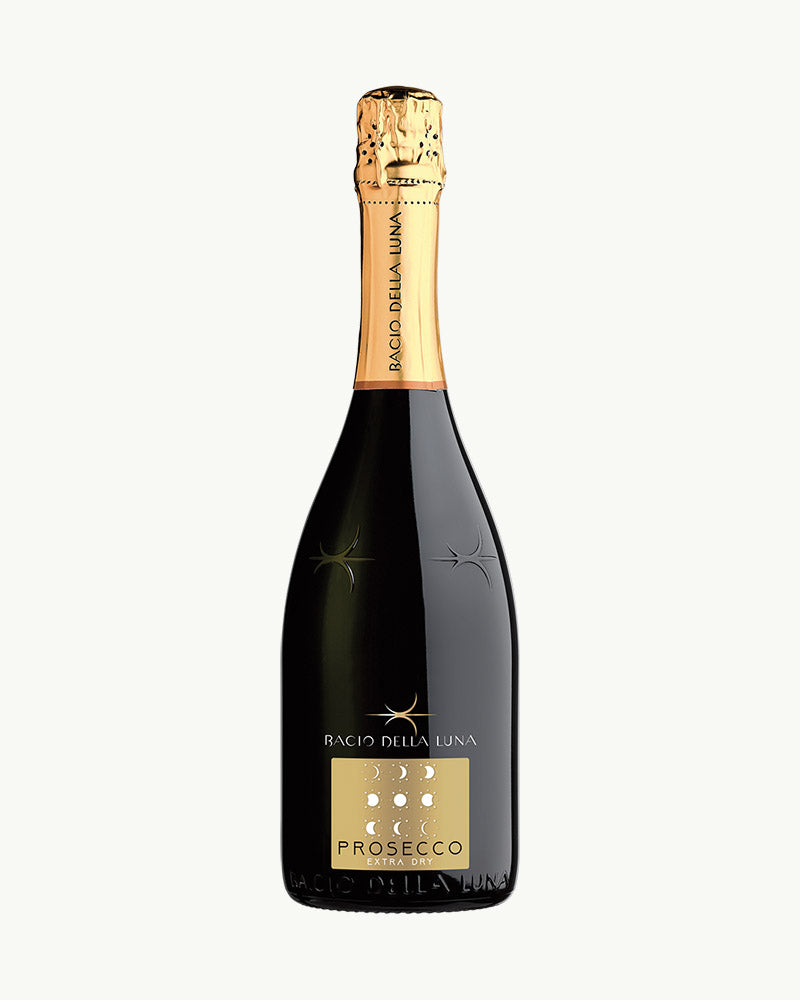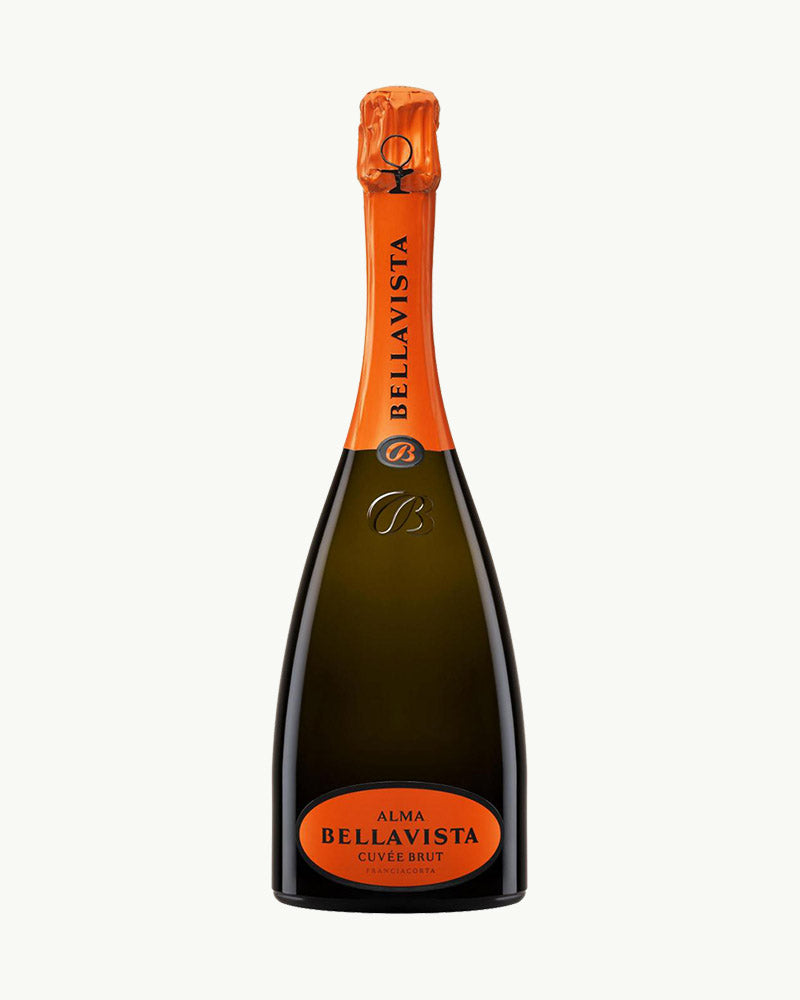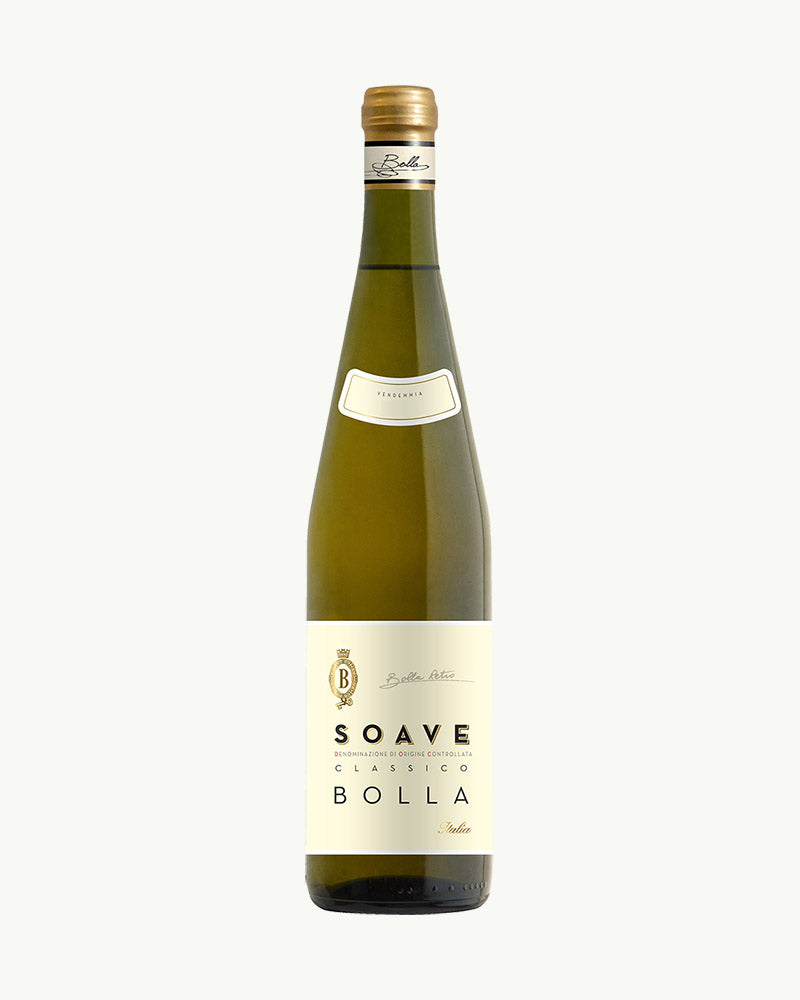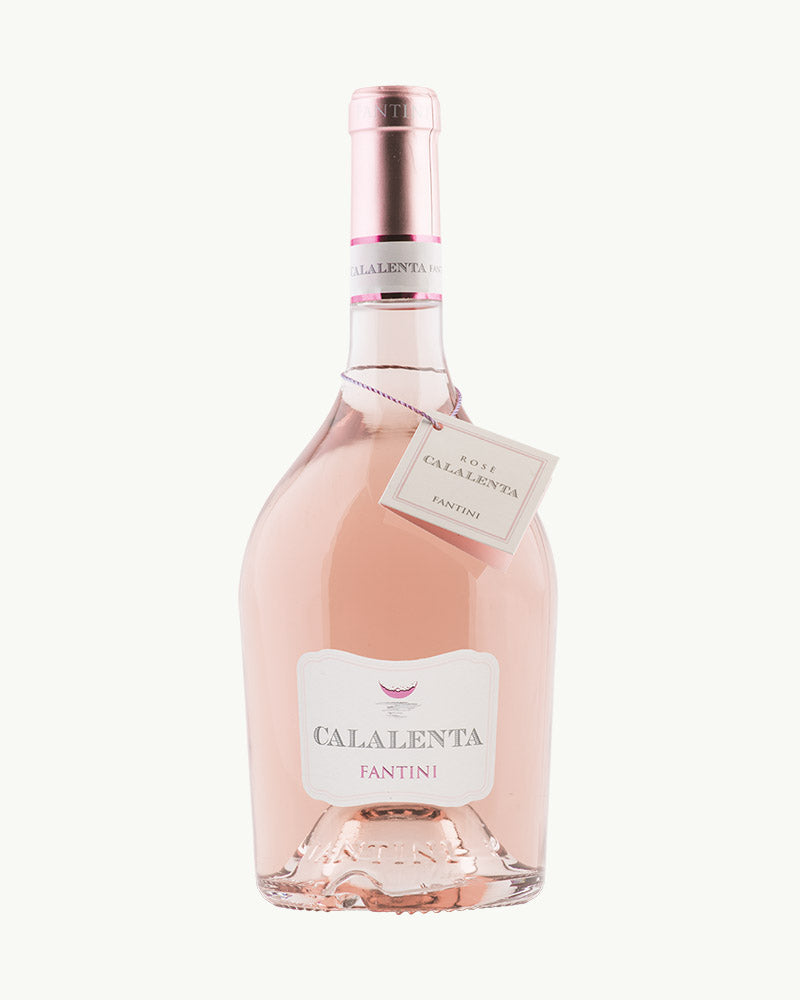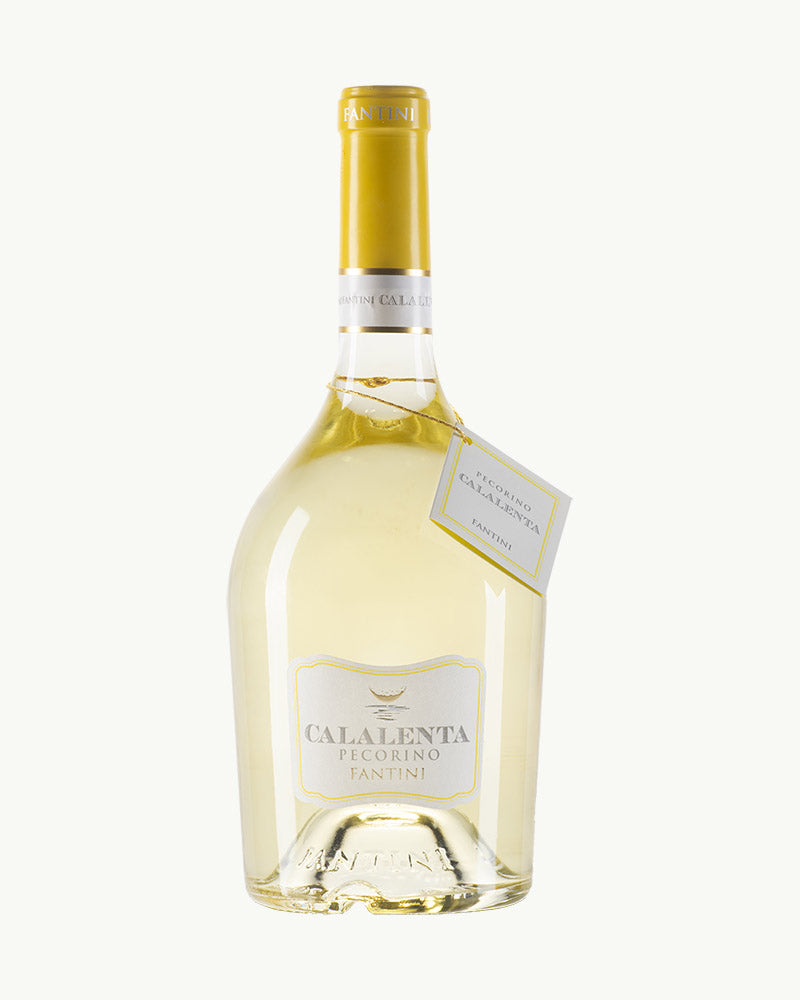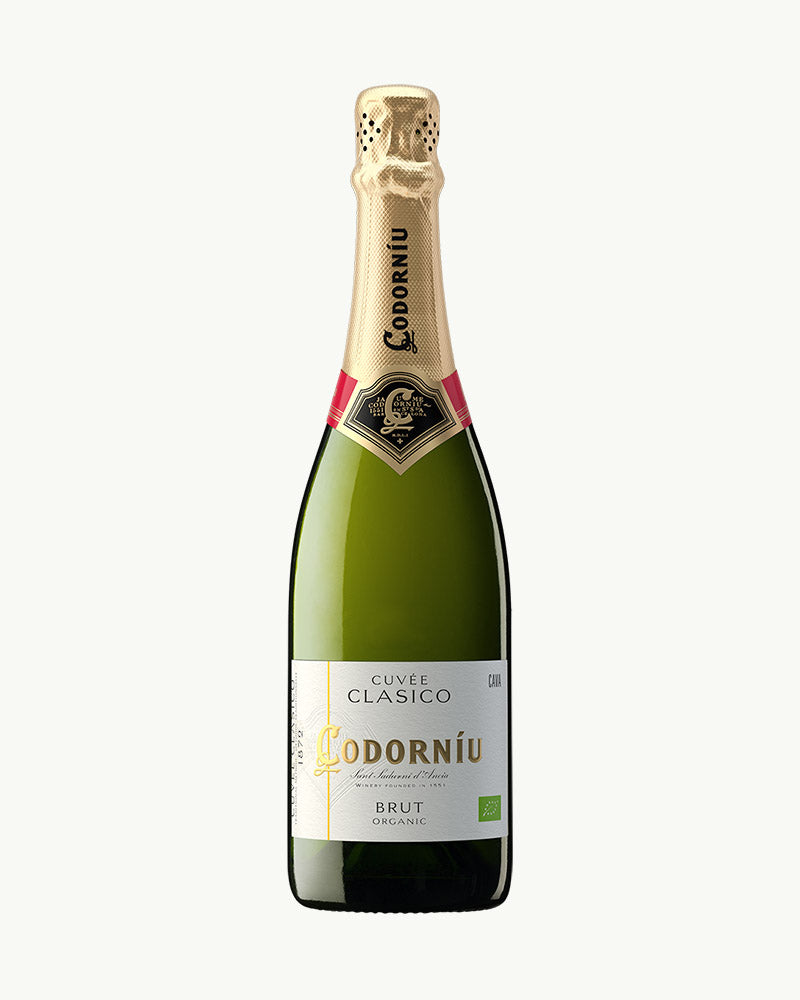

Codorniu Cava Clasico Brut
Classic Codorniu Cava, fresh and well balanced on the palate with elegant, fine bubbles. Very flavoursome, delivering scents and tastes of almond blossom, fresh apple, citrus and a note of honey.
Shopping Benefits
- Free delivery available*
- Buy in bulk and save
- Wholesale available
Buy in Bulk and Save
- Buy 6+ bottles and get 5% off
- Buy 12+ bottles and get 7% off
- Buy 24+ bottles and get 10% off
Special Terms for Bulk Discounts
- Bulk discounts apply automatically to the cart total.
- Bulk discounts apply to multiples of the same item in a single order only.
- Clients may not redeem bulk discounts in manual (i.e. offline) requests.
- Coupons and sale items do not combine with bulk discount deals.
- Returns and refunds will correlate with the deal price for any given item.
- The terms listed here apply as usual, as do the shipping details.
Help
- Give us a shout if you have any other questions and/or concerns.
- Email: info@vino.co.za
- Phone: +27 21 551 6671 (OH)
Delivery
- All orders shipped with Seabourne Inxpress.
- Always free shipping for orders over R1,800.
- All orders are shipped with a Seabourne Inxpress tracking number.
Returns
- To return an item, contact us with your order number and product details. Follow these guidelines:
- Report shortages or breakages within 2 working days for a refund.
- Return unopened items within a week for a full refund.
- Faulty items can be refunded or replaced; return within 24 hours for assessment.
- We can't refund wine based on personal preference; contact us for recommendations before ordering.
- Order cancellation after packing incurs a 10% fee.
- Special refund policies in Terms & Conditions for Sourcing apply.
- You pay return shipping, and original shipping/handling fees aren't refundable.
- Sale items are non-refundable.
Help
- Give us a shout if you have any other questions and/or concerns.
- Email: info@vino.co.za
- Phone: +27 21 551 6671 (OH)





